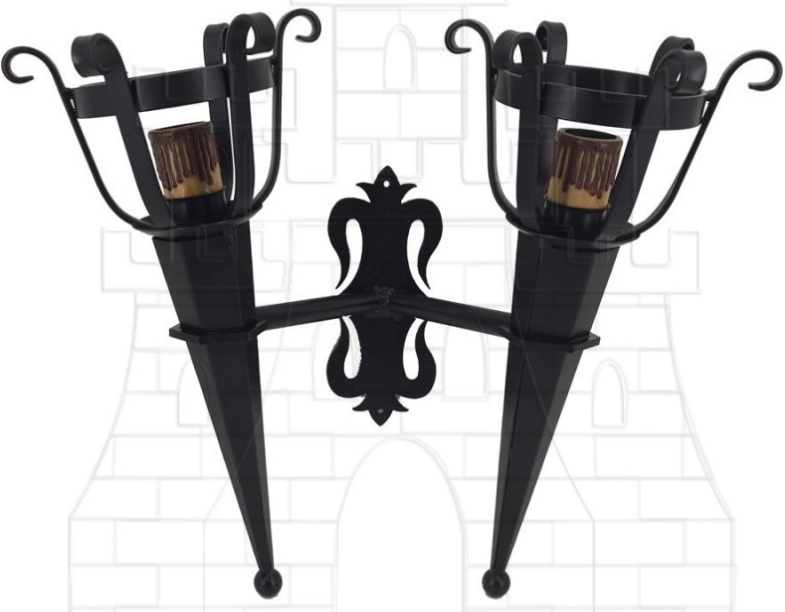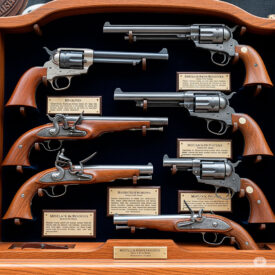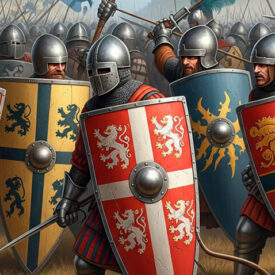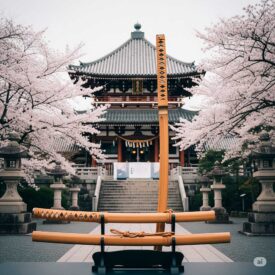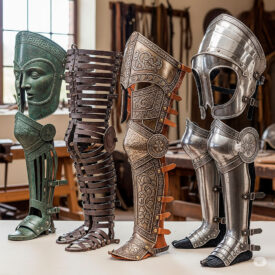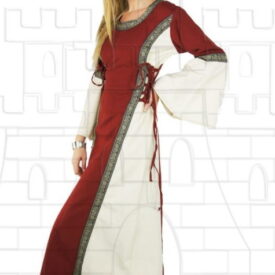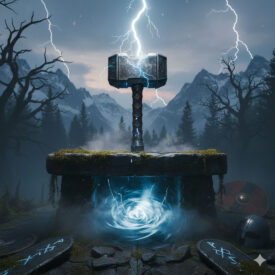When we stroll through the old quarters of our cities or admire the architecture of historic buildings, we often come across details that, at first glance, might go unnoticed. However, these elements are true witnesses of an era and a craftsmanship that marked social and technological development: the medieval wrought iron wall lights.
Have you ever stopped to think about the history behind those ornate grilles, those sturdy hinges, or those decorative iron finials? They are much more than simple ornaments; they reflect the mastery, functionality, and deep symbolism of the Middle Ages. But what exactly are wrought iron wall lights, and why do they remain so relevant in contemporary decor? Join us on a fascinating journey to discover the enduring art of wrought iron, from its origins to its resurgence in modern design.
What Are Wrought Iron Wall Lights and Why Are They So Special?
Wrought iron wall lights are metal elements, mainly made of iron, used as candle holders or lighting supports, fixed directly to the wall. Unlike ceiling or table lamps, wall lights offer a unique ambient and decorative lighting, casting light subtly and creating cozy atmospheres. Their main feature is that they are crafted using the ancient technique of forging, where metal is shaped at high temperatures by hammer blows on an anvil.
These pieces not only serve a practical lighting function, but are true works of art. Their inherent strength and rustic beauty make them ideal options for decorating living rooms, bars, cellars, country houses, castles, hotels, and even modern spaces seeking a touch of distinction and character. The robustness of wrought iron, combined with the elegance of their designs, ensures that wrought iron wall lights not only endure over time but also maintain their aesthetic appeal through the decades.
Purely artisanal forging turns the blacksmith into a true artist, as their work consists of shaping metal through fire and hammer, achieving unique and unrepeatable pieces. Every blow, every curve, every detail is the result of the craftsman’s skill and vision, giving each wrought iron wall light an unmistakable personality. This dedication to detail and manual mastery are the reasons why wrought iron wall lights never go out of style; on the contrary, they are highly sought after for their authenticity and their ability to fit perfectly within rustic, medieval, or even more contemporary settings seeking contrast.
A Look at the Evolution of Iron and Forging Throughout History
To understand the essence of wrought iron wall lights, it is essential to delve into the rich history of ironwork, a material that was essential in the Middle Ages and has been a true “basic necessity” for the development of humanity. From the manufacture of agricultural and construction tools to military equipment, its availability and handling were crucial for social and economic progress.
The Beginnings: Meteoritic Iron and Pre-Roman Cultures
Ironwork has been considered an art since ancient times. Civilizations of the Near East, thousands of years ago, already used “meteoritic iron” (from meteorites) to create objects of worship and prestige, given its rarity and the mystical properties attributed to it. In the Iberian Peninsula, around 800 BC, pre-Roman peoples were pioneers in learning to obtain and process iron ore. They developed rudimentary but effective techniques, such as the Celtic “softening pit” and the “Iberian crucible.” In both methods, layers of charcoal and iron oxide were alternated in clay-lined furnaces, applying air currents to heat the ore and separate the iron from impurities, laying the foundations for what we now know as forging.
The Roman Influence on Metallurgy
The Romans, known for their engineering and organization, perfected the techniques of extracting and processing iron. They organized mining with advanced methods such as the “shaft and gallery,” which allowed for larger-scale production. They also created the reverberatory furnace, an innovation that enabled higher and more controlled temperatures, facilitating better softening and greater iron purity. It was during this period that trades began to be clearly distinguished: miners, responsible for extraction; smelters, who transformed ore into metal; and blacksmiths, who shaped the iron. In architecture, the Romans used iron for strong and transparent enclosures, giving rise to the concept of “architectural ironwork,” a precursor to many of the wall lights and decorative elements we admire today.

